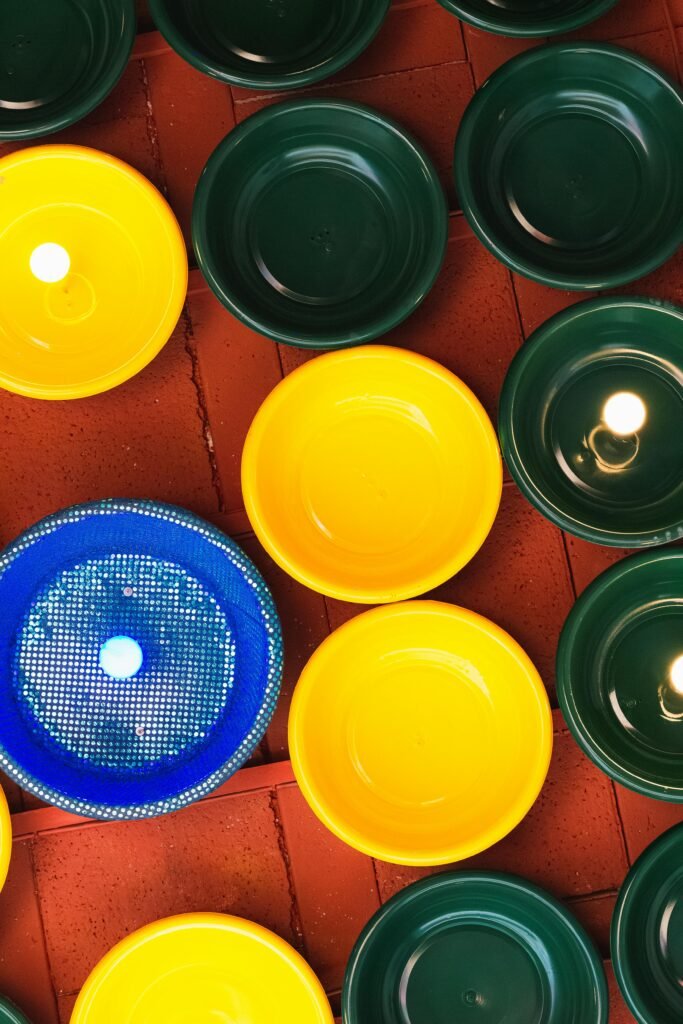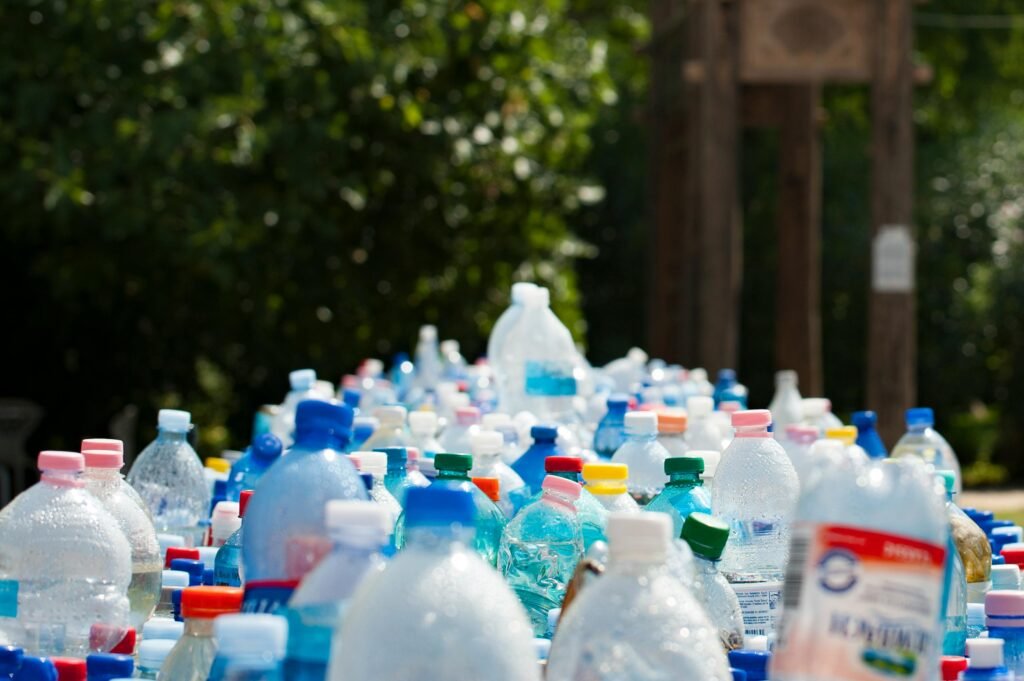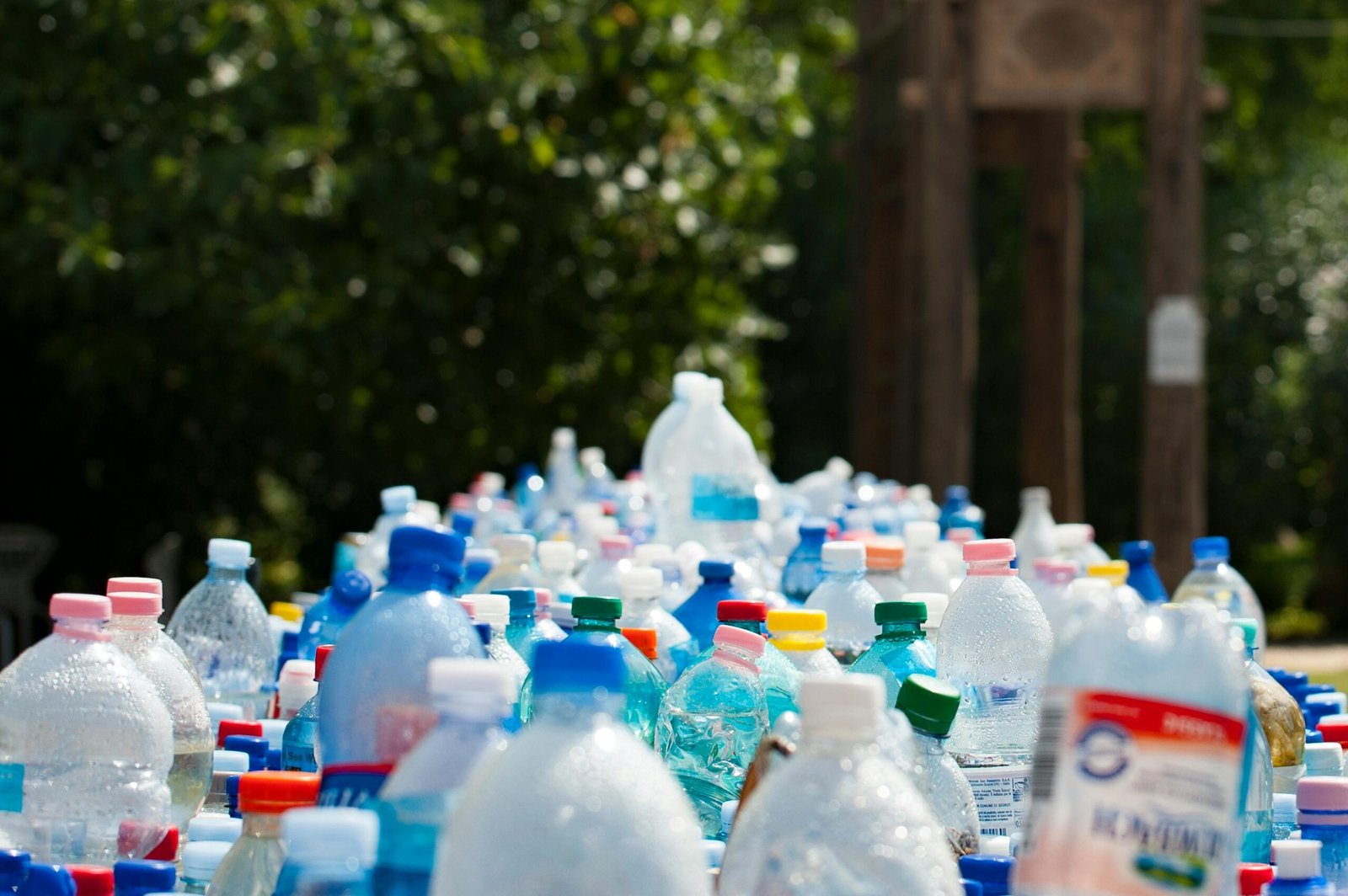Welcome to an exciting article on the recent advances in durable and resilient plastics! In this article, you will learn about the latest developments in creating plastics that are not only long-lasting but also able to withstand various types of wear and tear. From innovative materials to cutting-edge manufacturing techniques, the world of plastics is evolving rapidly to meet the demands of a sustainable future. Let’s dive into the fascinating world of durable and resilient plastics together! Have you ever wondered how plastics have evolved over time to become more durable and resilient? In this article, we will explore the recent advances in durable and resilient plastics, discussing the latest developments in the field that have revolutionized the way we think about plastic materials. Let’s dive in and discover the exciting innovations that are shaping the future of plastics!
Evolution of Plastics: A Brief History
Plastics have come a long way since their inception in the 19th century. Initially, plastics were derived from natural materials such as cellulose, but the invention of synthetic plastics in the early 20th century changed the game. With the development of new polymers and manufacturing processes, plastics became more versatile and widely used in various industries.
Hey there! Did you know that plastics have been around for over a century? It’s incredible how far they’ve come since their humble beginnings. Let’s explore how advances in technology and innovation have transformed plastics into the durable and resilient materials we know today.

This image is property of images.pexels.com.
Types of Plastics
Plastics can be classified into several categories based on their properties and chemical composition. The most common types of plastics include:
- Polyethylene (PE): Known for its flexibility and resistance to chemicals, PE is commonly used in packaging materials and containers.
- Polypropylene (PP): PP is a versatile plastic that is used in a wide range of applications, from textiles to automotive parts.
- Polyvinyl Chloride (PVC): PVC is a rigid plastic that is used in construction materials and piping.
- Polystyrene (PS): PS is a lightweight and transparent plastic used in packaging and disposable products.
- Polyethylene Terephthalate (PET): PET is a strong and lightweight plastic that is commonly used in beverage bottles and food containers.
- Acrylonitrile Butadiene Styrene (ABS): ABS is a tough and impact-resistant plastic used in electronics and automotive components.
Hey, you! Did you know that there are different types of plastics with unique properties and applications? Understanding the characteristics of each plastic can help you choose the right material for your project or application. Let’s explore some of the most common types of plastics and their uses in more detail.

This image is property of images.pexels.com.
Recent Advances in Plastic Technology
Advancements in plastic technology have paved the way for the development of new materials with enhanced durability, resilience, and sustainability. Here are some of the recent innovations in the field of durable and resilient plastics:
- Biodegradable Plastics: Researchers have been working on developing biodegradable plastics that can break down naturally in the environment, reducing the impact of plastic waste on ecosystems.
- High-Performance Polymers: High-performance polymers, such as polyetheretherketone (PEEK) and polyimides, offer exceptional mechanical and thermal properties, making them ideal for use in demanding applications.
- Recyclable Plastics: The recycling of plastics has become a key focus in the industry, with new technologies enabling the recovery and reuse of plastic materials to reduce waste and promote sustainability.
- Nanocomposite Plastics: By incorporating nanoparticles into plastic matrices, researchers have been able to improve the mechanical properties and performance of plastics, making them stronger and more durable.
- Self-Healing Plastics: Self-healing plastics have the ability to repair damage automatically, extending their lifespan and enhancing their resilience to wear and tear.
- Lightweight Plastics: Lightweight plastics, such as carbon fiber-reinforced polymers, offer a high strength-to-weight ratio, making them ideal for use in aerospace and automotive applications.
Hey, did you know that scientists and engineers are constantly working on developing new plastics with advanced properties and performance? These recent innovations are revolutionizing the plastic industry and opening up new possibilities for a wide range of applications. Let’s delve deeper into some of these exciting advancements and explore how they are reshaping the future of plastics.

This image is property of images.pexels.com.
Benefits of Durable and Resilient Plastics
The use of durable and resilient plastics offers a range of benefits across various industries, including:
- Improved Product Durability: Durable plastics can withstand harsh conditions and heavy use, ensuring that products last longer and perform better over time.
- Reduced Maintenance Costs: Resilient plastics require less maintenance and repair, saving time and money for businesses and consumers.
- Enhanced Safety: Plastics with high impact resistance and strength provide added safety and protection in applications where durability is critical.
- Sustainable Solutions: Biodegradable and recyclable plastics offer environmentally friendly alternatives to traditional plastics, reducing the impact of plastic waste on the planet.
Hey there! Have you ever considered the benefits of using durable and resilient plastics in your projects or products? From improved durability and reduced maintenance costs to enhanced safety and sustainability, these materials offer a wide range of advantages that can help you achieve your goals more efficiently. Let’s explore some of the key benefits of using durable and resilient plastics in more detail.
